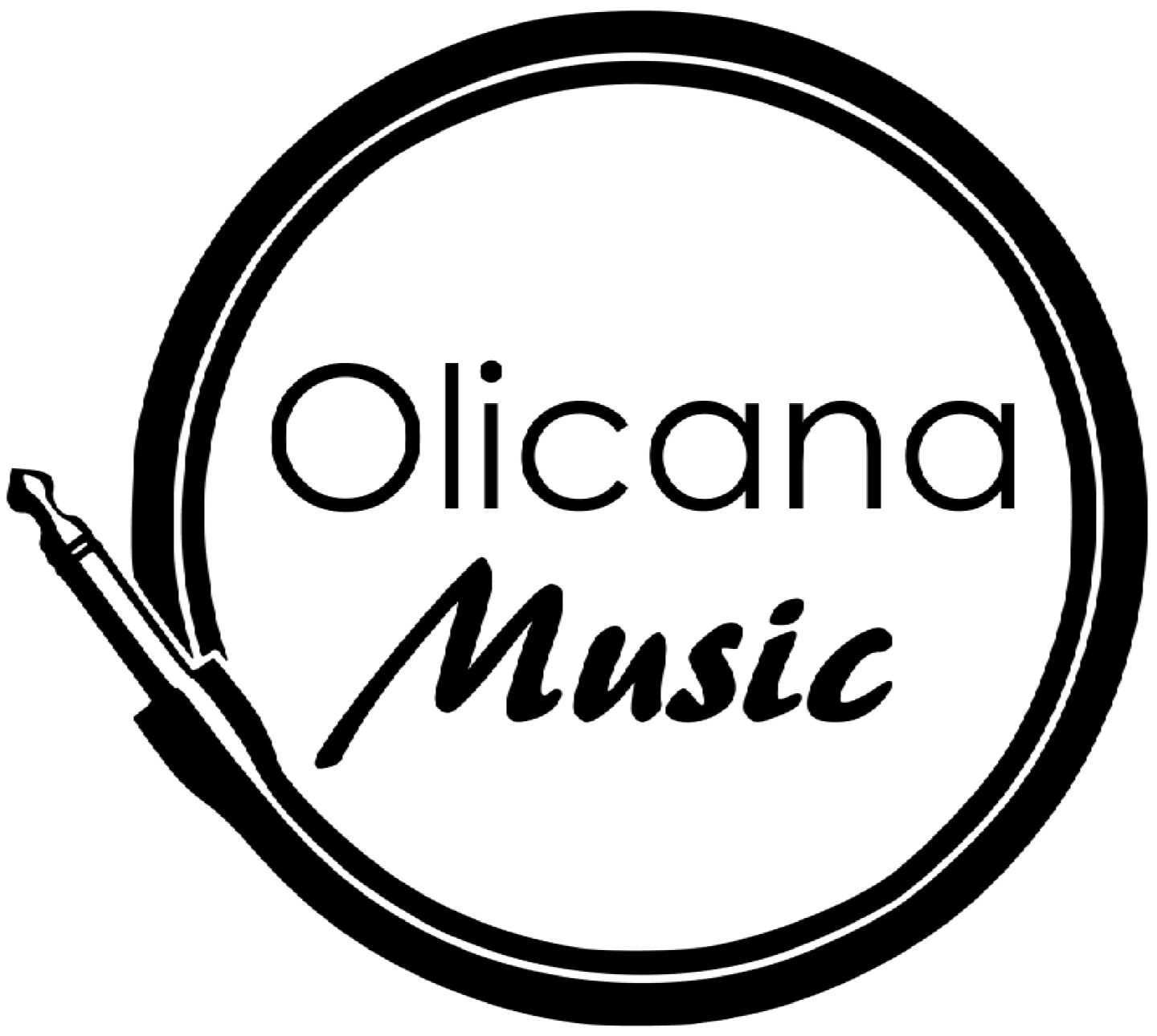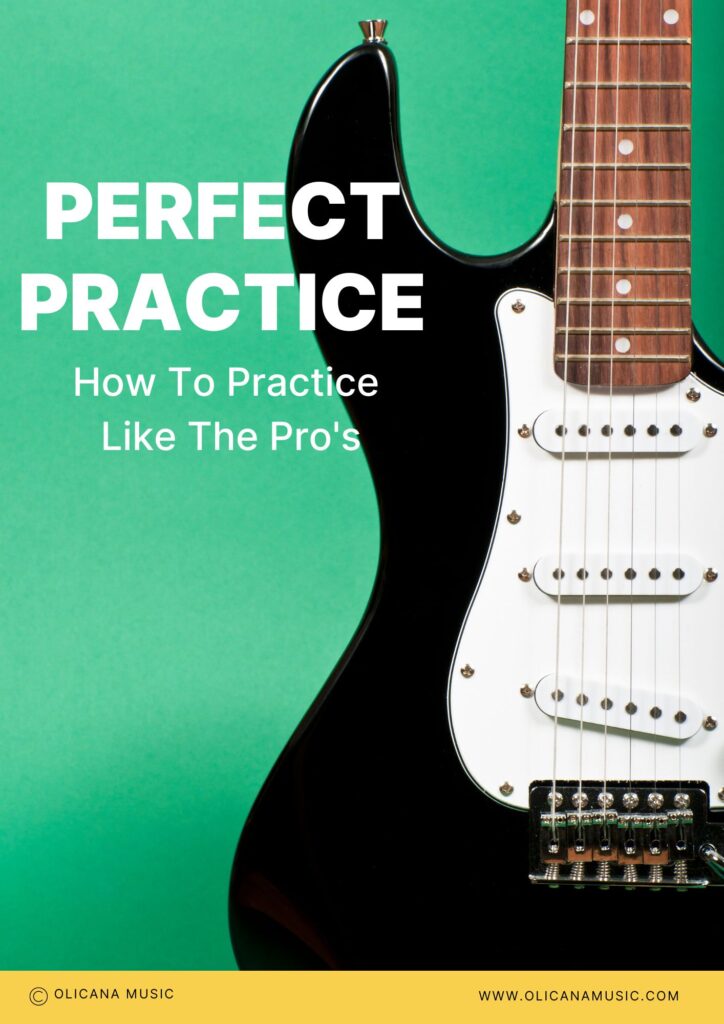Hi Friend!
It’s pretty common for the topic of music being a language to come up in lessons with my students. It’s a foundational idea and therefore touches on many areas of playing guitar. In this issue I dig into the idea of music as a language and how you can improve your playing with this idea.
Something To Think About
Music is a language
I like to think of the guitar as a replacement for my voice. If i can sing the part I want to play then there’s no reason I can’t play it without some practice. However if I can’t sing it I definitely won’t be able to play it.
This is not about being a good singer. Instead it’s a test to ensure I that I understand what I want the music to be from a linguistic perspective. I do this because I believe music is a language. There’s evidence for this in its structure, from neuroscience, and anecdotally as a teacher.
Firstly when you look at the structure of music it is often constructed in the same way that language is. Spoken language is heirarchically constructed. Letters are connected to make phonics, phonics make words, words make phrases, phrases make sentences, sentences make paragraphs, paragraphs make a piece of written work.
Music is the same. Notes are connected to make phrases. Musical phrases are connected to make melodic passages. Melodic passages make up a piece of music.
You also see idomatic elements that contribute to sound of a genre of music. For example the blues is filled if idioms related to microtones, jazz has lots of chromaticism in the form of approach notes and enclosure that surround melody notes, and classical music tends to be diatonic with a preference towards perfect cadences.
Spoken language also has idiomatic elements. Changes in accent and turns of phrase that are dictated by where you’re from and who you learned to speak from. These all impact the way we sound and how well we can communicate with others in our community.
From a neuroscience perspective there is a solid body of evidence that shows that music and language both activate the same brain regions (1, 2, 3). As such there is clearly objective evidence suggest that there is at least similarities in the way that we process music and language.
I find that my students immediately level up when they start treating music as a language. They become far more capable of grasping musical ideas as a whole, they flow from idea to idea better, and they pick up on nuances that make a genre sound the way it does subconsciously. As such they sound more convincing when they play. Conversely the students that struggle to get this concept tend to be stuck to the sheet music and struggle to make their music flow.
Music is a more than a physical skill where you copy from a piece of paper. It’s a language and you express this language through your instrument of choice. I believe the best musicians fully embody this idea and anyone can improve their own musicianship if they do so to.
Something To Practice
Blue notes
The most common time I find myself exploring music as a language with a student is when they are learning to solo. This is particularly true when it comes to learning to solo in a blues style. This is because the blues is full of microtones. These are notes that outside the context of the blues you might consider to be out of tune. But within the blues make perfect sense and are necessary to communicate the style of the blues properly. A blues solo that doesn’t use microtones just won’t sound very bluesy!
You can’t learn to phrase in a blues style from a piece of paper. There’s too many possibilities for where a note can be placed in terms of it’s pitch. In order to learn to phrase the blues properly you need to listen to the blues to internalise the underlying linguistic rules that make it sound the way it does, and practice playing the blues, trying to get it to sound as close as possible to what you think it should sound like.
To give you some context, students will often ask me if a bend is a whole step bend or a half step bend. So often I have to tell it’s not that simple. The note is somewhere in between. You need to try copy it by ear. Between feedback from me and your own sense of whether it sounds right you’ll hone in on exactly how far to bend the note to make it sound right.
These microtones in the blues are called blue notes. There are many blue notes within the blues scale (not just the flat five). The most important is the third which you can place anywhere between a minor third to a major third depending on what you want to express.
A great practical exercise is to put on a 12 bar blues backing track and explore the idea of blue notes. I would encourage you to experiment with bending all the notes in the blues scale to get a sense of how they interact with the 12 bar blues harmony. I like to think that every note can be a blue note, the only exception being the root. You can use the diagram below to help you figure out which notes are blues notes and check out this video where I do a short demo of the same thing.

Something To Enjoy
Blues phrasing at its best
Derek Trucks gives a masterclass in blues phrasing. So good that even B.B. King and John Mayer can’t take their eyes (and ears!) off of him.

That’s it for this one. Do you have any thoughts about music as a language? Let me know by replying to this email, i’d love to hear from you!
See you in two weeks!
Alasdair 🤘

